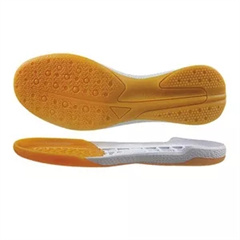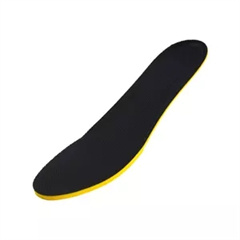What Are Barefoot Sandals? Barefoot sandals are minimalist footwear designed to provide the feeling of being barefoot while offering minimal protection from the ground. They typically consist of a sole that is thin and flexible, allowing your feet to move naturally. Barefoot sandals often have straps to secure them to your feet but leave your toes exposed. Some variations come with additional toe protection or toe loops.
Benefits of Barefoot Sandals:
- Natural Movement: Barefoot sandals allow your feet to move in a more natural and unrestricted way, promoting better foot strength and flexibility.
- Improved Balance: Because of their minimalist design, barefoot sandals encourage better balance and proprioception, which is your awareness of your body’s position in space.
- Enhanced Ground Feel: You can feel the texture and temperature of the ground beneath your feet, providing a sensory experience similar to being barefoot.
- Lightweight and Portable: Barefoot sandals are lightweight and easy to pack, making them a great option for minimalist travelers and outdoor enthusiasts.
- Comfort: Many enthusiasts find barefoot sandals comfortable and appreciate the freedom they offer.
Considerations When Embracing Barefoot Sandals:
- Transition Period: If you’re new to minimalist footwear, there may be an adjustment period. Start slowly and gradually increase the time you wear them to allow your feet to adapt.
- Terrain: Consider the type of terrain you’ll be walking on. While barefoot sandals are excellent for some environments, they may not provide enough protection for rugged or sharp terrain.
- Foot Strength: If your feet are not accustomed to minimal support, it’s important to gradually strengthen your feet and lower legs to prevent discomfort or injury.
- Sizing: Ensure a proper fit, as barefoot sandals should not be too tight or too loose. Proper sizing helps prevent blisters and discomfort.
- Protection: Keep in mind that barefoot sandals offer minimal protection from elements like hot pavement, sharp rocks, or thorns. Be cautious when walking in such conditions.
- Climate: Consider the climate in your area. Barefoot sandals may be better suited for warm and dry conditions, as they may not provide adequate insulation or protection in cold or wet weather.
- Maintenance: Check your barefoot sandals regularly for wear and tear, especially if you use them frequently for outdoor activities.
Whether you’re an experienced minimalist footwear enthusiast or looking to try barefoot sandals for the first time, it’s important to approach them mindfully. Gradually incorporate them into your daily activities and assess how they work for your lifestyle and needs. Always prioritize your comfort and safety, and be aware of the specific conditions you’ll be facing when choosing your footwear for the day.



















